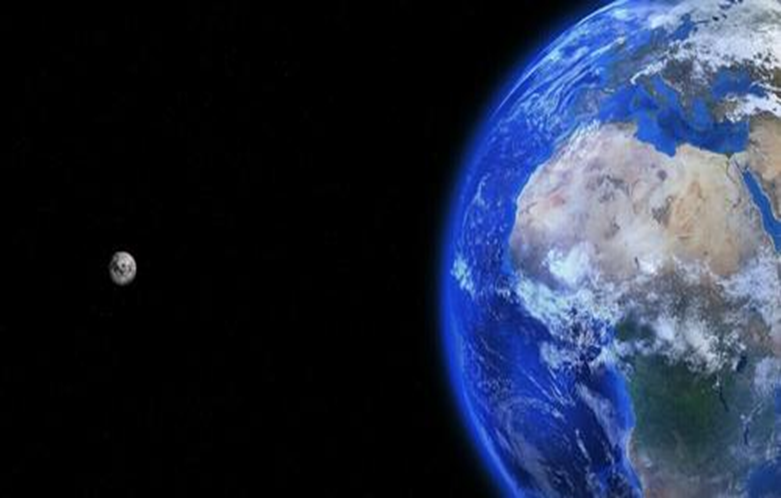Discovery of an exoplanet considered to be one of the most massive super-Earths ever studied

The scientific journal Le Journal Astronomique describes the discovery of a colossal exoplanet just 200 light years from Earth. According to specialists, it is one of the largest super-Earths ever observed to date.
This end of the year seems conducive to extraordinary astronomical finds. After the discovery of an "overweight" neutron star and an ocean planet five times more massive than Earth , today it is another exoplanet that intrigues the scientific community. Located outside the Solar System, the celestial object called "TOI-1075b", has a diameter about 1.8 times greater than that of the Earth. According to the authors of the study, available in preprint on arXiv and accepted for publication by the scientific journal Le Journal Astronomique , it is one of the most massive super-Earths discovered to date.
TOI-1075b, a "Hulk" planet
The planet TOI-1075b has been detected in data from NASA 's Exoplanet Hunter , better known by its abbreviation TESS - which aims to probe stars closer to the Sun - revealing its diameter. The object, whose mass is almost ten times that of Earth, orbits a small red-orange star about 200 light-years from the blue planet. " Stand on its higher gravity surface and you too would experience significant weight gain (...)". . You would be about three times your weight on Earth. Its year, once around the star, lasts only 14 and a half hours, specifies NASA on its Exoplanet Exploration site. This "extremely short" orbit makes the planet extremely hot, with an estimated temperature of 1,922 degrees Fahrenheit, or more than 1,000 degrees Celsius! This de facto excludes any presence of liquid water on this planet: its surface could rather be covered with molten lava, says NASA.
Crucial information about the formation of rocky planets
If TOI-1075b appears to be an exceptional exoplanet, it is because planets of this size, orbiting so close to their star, are extremely rare. They appear to be rocky planets, like Earth, Mercury, Mars and Venus. Considering its dimensions too, TOI-1075b should, according to the models, should have a fairly thick atmosphere of hydrogen and helium. But this planet's dense makeup and extremely tight orbit make such an atmosphere unlikely, the researchers say. These gray areas make this super-Earth a "keystone planet", continues NASA, with "measurements of size and mass precise enough to help scientists refine their models of planetary formation". Future observations from the James Webb Telescope,
Source : websites

